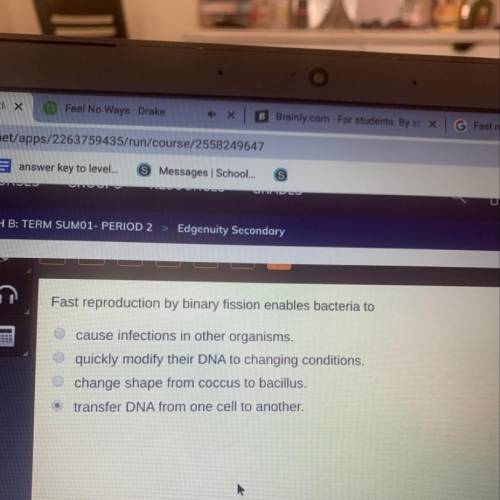

We find that zeta toxins convert an essential building block of bacterial cell walls (known as UNAG) into a form that prevents normal cell wall growth, causing distortions in bacterial shape that leave the bacteria vulnerable to the hydrostatic pressure of its contents. Here, we use a truncated version of PezT that kills bacteria more slowly than normal, allowing us to examine the mechanisms of how this TA system operates. One such TA system, PezAT, has been difficult to study in the past because the PezT toxin is so toxic without its antitoxin counterpart that bacteria die before any useful measurements can be made. Under conditions of stress, however, the antitoxin is degraded, freeing the toxin to attack its host bacterium. Most bacteria harbor toxin–antitoxin (TA) systems, in which a bacterial toxin is rendered inactive under resting conditions by its antitoxin counterpart. Finally, we discuss how phosphorylated UNAG likely poisons additional pathways of bacterial cell wall synthesis, making it an attractive lead compound for development of new antibiotics. Additionally, our results imply a mechanism that connects activity of zeta toxin PezT to virulence of pneumococcal infections.

This provides a fundamental understanding of how epsilon/zeta TA systems stabilize mobile genetic elements. We show that zeta toxins are novel kinases that poison bacteria through global inhibition of peptidoglycan synthesis. Additionally, we provide what is to our knowledge the first crystal structure of a zeta toxin bound to its substrate. We further show that phosphorylated UNAG inhibitis MurA, the enzyme catalyzing the initial step in bacterial peptidoglycan biosynthesis. After identification of the product we verified the kinase activity in vivo by analyzing metabolite extracts of cells poisoned by PezT using high pressure liquid chromatograpy (HPLC). Subsequently, we demonstrated in vitro that zeta toxins in general phosphorylate the ubiquitous peptidoglycan precursor uridine diphosphate- N-acetylglucosamine (UNAG) and that this activity is counteracted by binding of antitoxin. We used in vivo techniques such as microscropy and permeability assays to show that pneumococcal zeta toxin PezT impairs cell wall synthesis and triggers autolysis in Escherichia coli. However, whereas all other TA families known to date poison macromolecules involved in translation or replication, the target of zeta toxins remained inscrutable. The broad distribution of epsilon/zeta systems implies that zeta toxins utilize a ubiquitous bacteriotoxic mechanism. Members of the epsilon/zeta TA family are found throughout the genomes of pathogenic bacteria and were shown not only to stabilize resistance plasmids but also to promote virulence. TA systems have been linked with numerous functions, including growth modulation, genome maintenance, and stress response. Upon antitoxin degradation, the toxin induces cell stasis or death. These gene systems encode a toxic protein and its cognate antitoxin. knowing that bpa is an endocrine disruptor, a chemical that can enter organisms and mimic hormones, hunt set out to discover whether it had adversely affected her mice.Most genomes of bacteria contain toxin–antitoxin (TA) systems.

she learned that a lab assistant had mistakenly washed the plastic mouse cages and water bottles with a harsh soap, releasing bpa from the plastic. she noticed that many of the eggs showed problems with their chromosomes, and some had irregular amounts of genetic material, which can lead to miscarriages and birth defects in mammals. as she extracted and examined developing eggs from the ovaries, she began to wonder what had gone wrong. at a laboratory at case western reserve university in 1998, geneticist patricia hunt was making a routine check of her female lab mice. what are the health effects of bpa exposure? ongoing research is finding that elevated exposure to bpa can affect a wide variety of developmental and physiological processes, but one of the first studies of bpa's health effects came about because of a simple mistake in the lab. unfortunately, bpa leaches out of its many products and makes its way into our bodies. Bisphenol a (often called bpa) is a chemical found in products that people use every day, from water bottles to food containers to children's toys.


 0 kommentar(er)
0 kommentar(er)
